Before our trip, everyone we talked to told us, “make sure you schedule enough time on Cape Breton Island.” Some folks told us that we could spend our entire two weeks there. We ended up spending 4-5 days there, and probably could have spent much longer.

We drove over the bridge, and headed toward Mabou, which is about 30 minutes from the National Park. Mabou, itself is a small, but cute town, and has plenty of hiking trails. Not only that, but we found out that just about every town along the coast, has absolutely gorgeous views of the ocean.
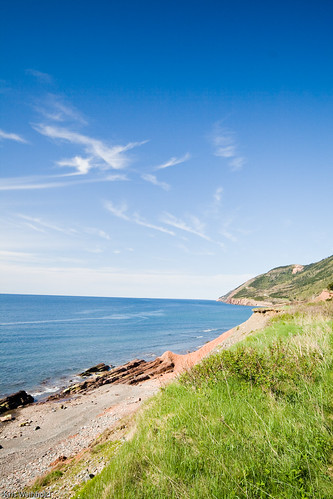
Not only that, but the landscape itself is different from the rest of Nova Scotia because it is highlands, with huge cliffs, falling off into the sea. The rolling hills themselves are forested, or are at least covered with greenery.
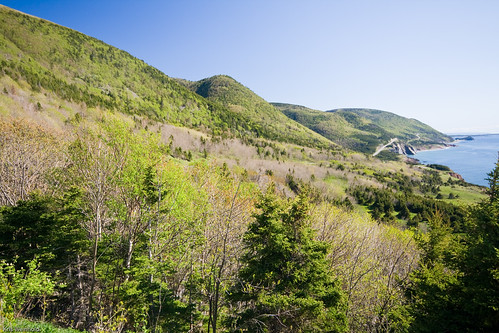
Once you make it to the start of the famous Cabot Trail, you soon after enter the park. The first day, we went straight to the also famous, Skyline Trail, which leads you to the top of the mountain, which has a view that pictures can’t describe. (I tried below.)
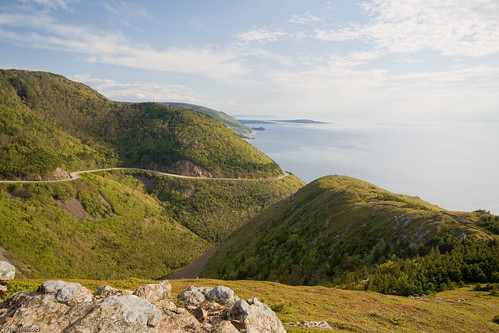
Much to our satisfaction, along the trail we first saw numberous piles of moose poo, and then finally came upon this young male moose. All of the park literature about moose states that you should keep your distance, and wait for the moose to continue on its way. Well, we came upon the moose, pulled out the telephoto lens, and got our snapshots. Waited 5 minutes. Waited 10 minutes. Apparently, we had intruded on this moose’s dinner hour, and he had no plans to cut it short. Eventually, we had to go around him and continue on our way.
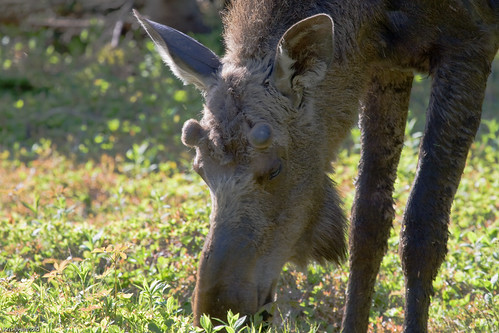
As night drew close, we decided to spend the night in the park, camping under our small backpacking tent. The campsite was right on the water, giving us a beautiful night sky. Had we been there a couple months later, we would have had a good chance of seeing whales out in the distance, but instead we got to watch some birds dive bombing the water for fish.
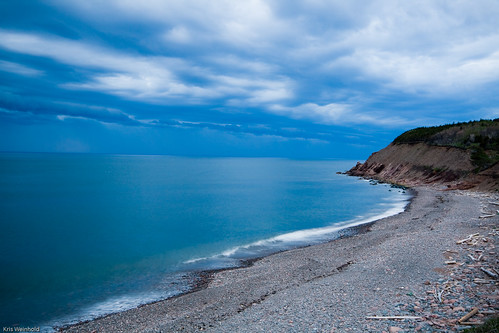
We hiked a few more trails in the park, encountering a black bear, several carnivorous plants, and a moose cow and calf. We eventually left the park to make our way around the rest of the island. One day, we drove to Meat Cove, a town in no-mans-land at the top of the island. We read that whales are frequently sighted up there. We didn’t see any whales, but we got the great shot below.
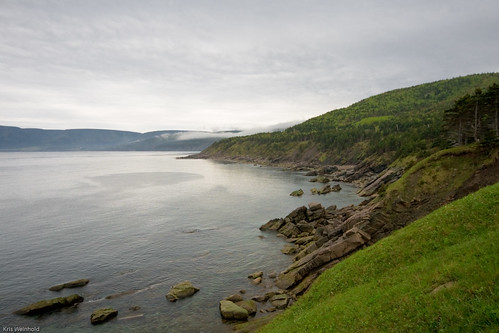
We continued around the rest of the island, stopping at many places to take more photos, and eat a lot of fantastic seafood. I hope to get back up to Nova Scotia sometime in the future to spend even more time up on Cape Breton Island.
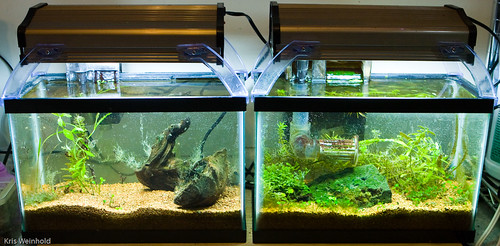


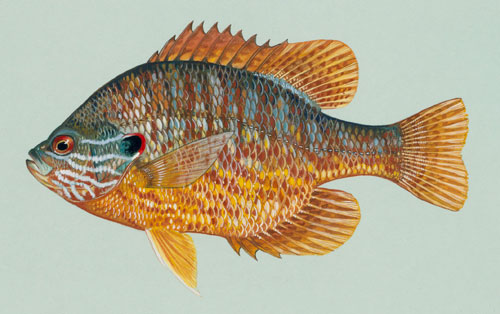
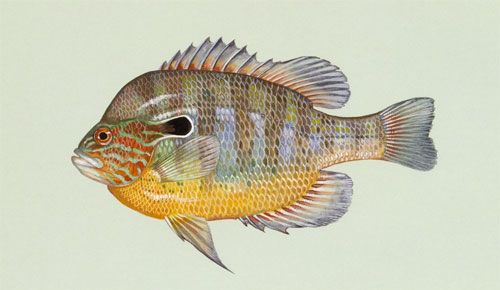
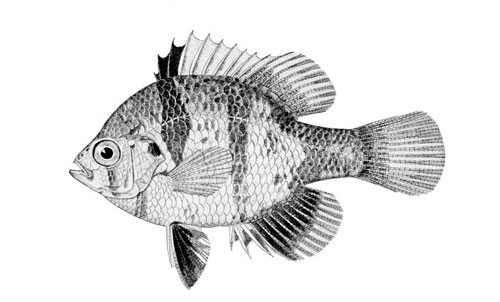
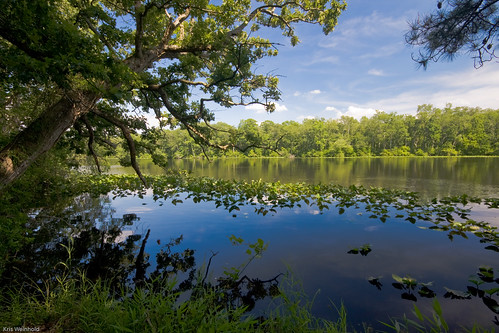
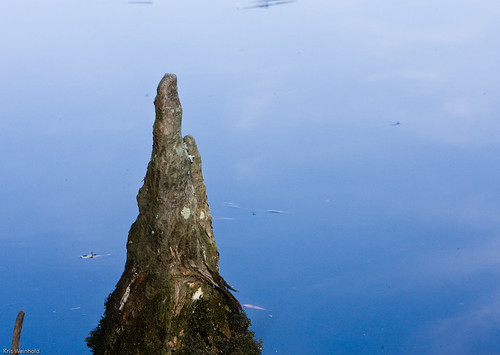
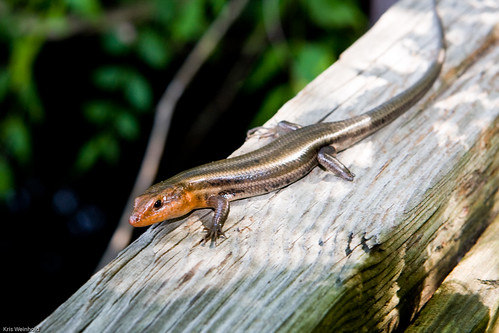
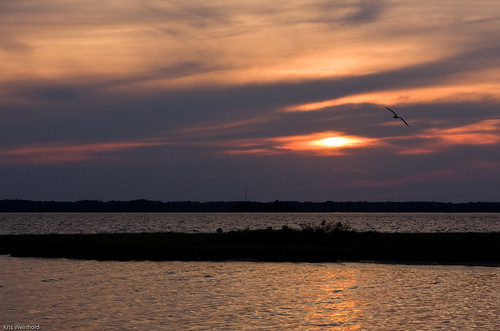
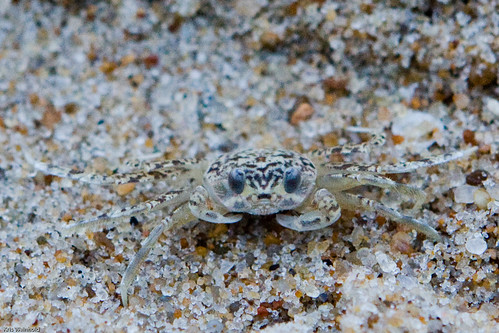








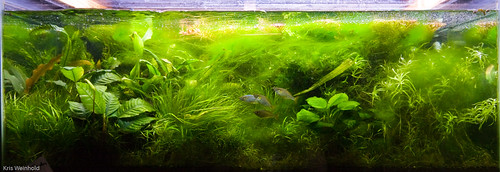
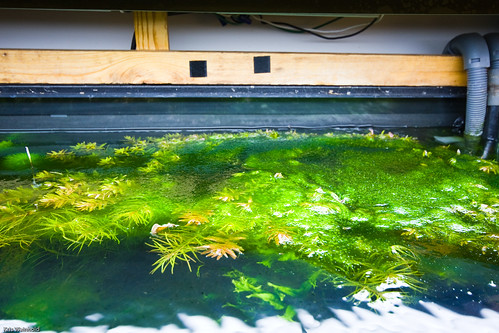

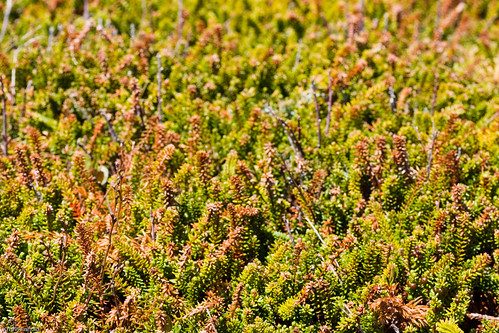
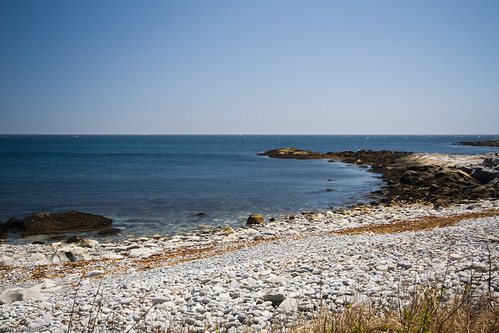


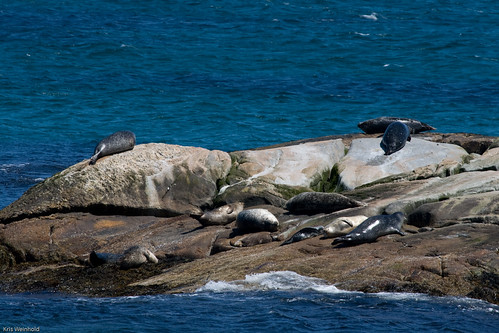
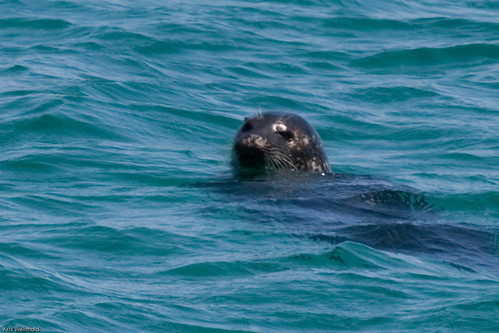
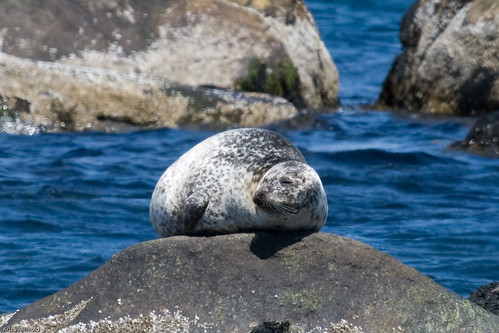

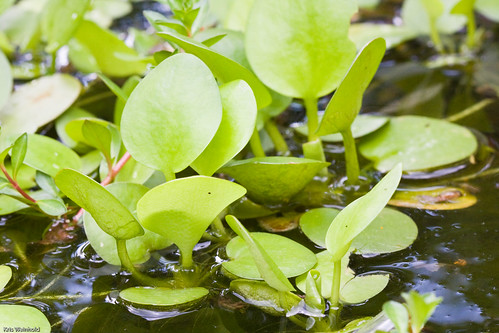
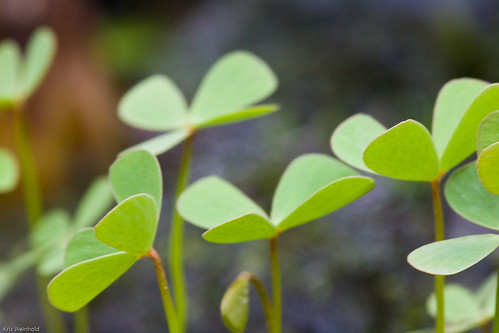
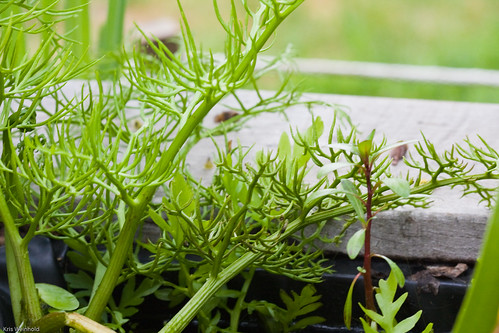


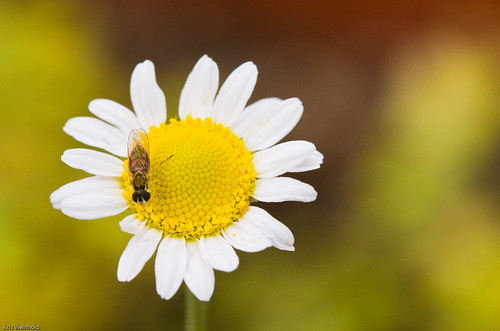
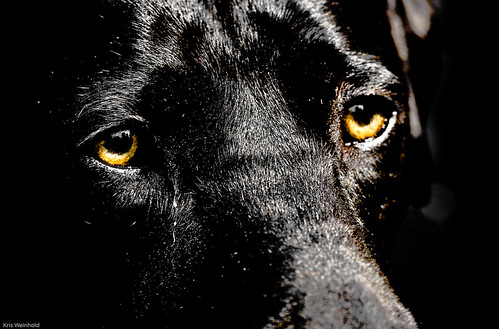
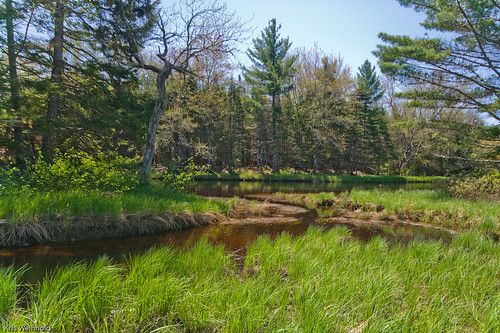

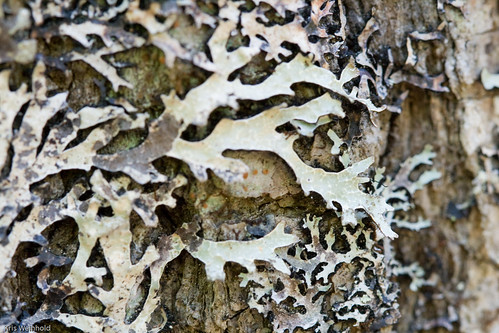
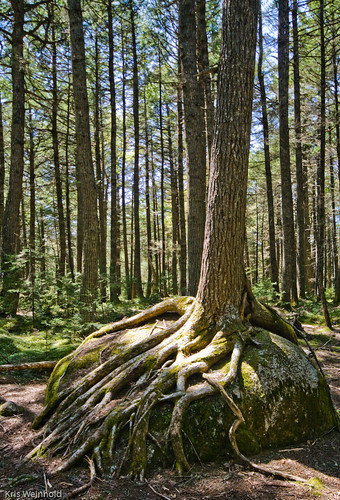

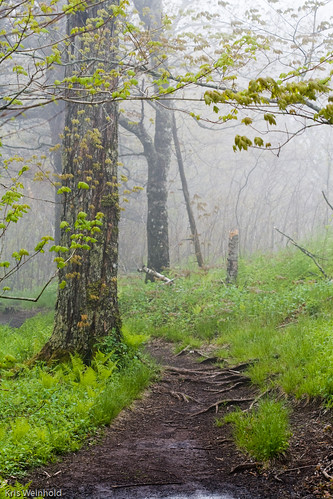
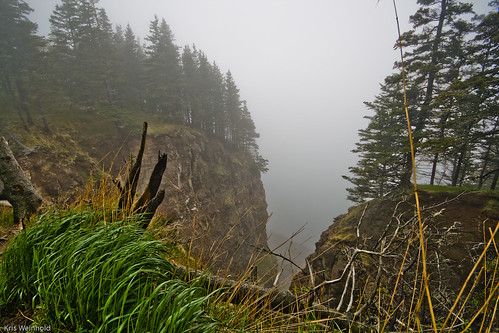
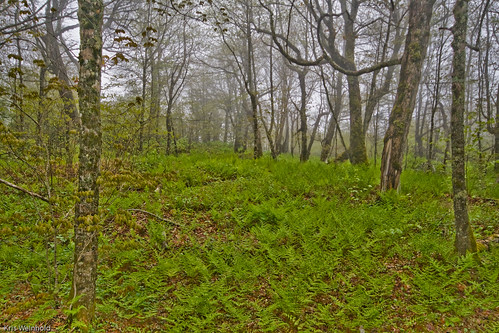
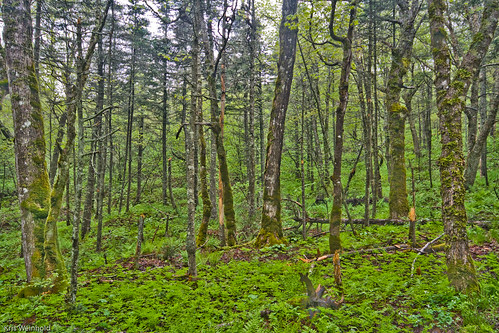

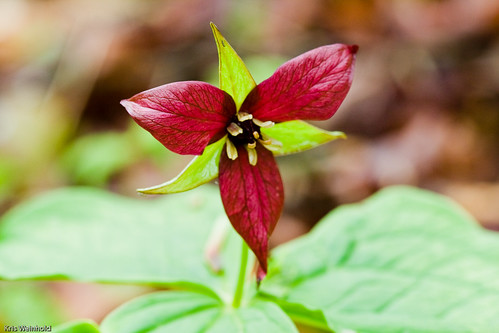
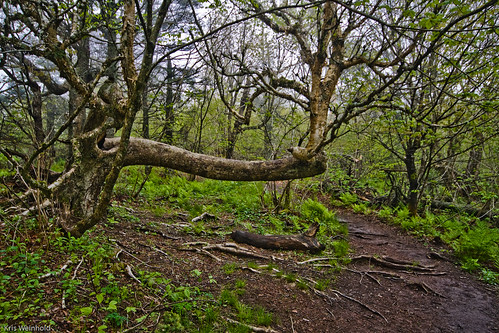
 Today was the
Today was the